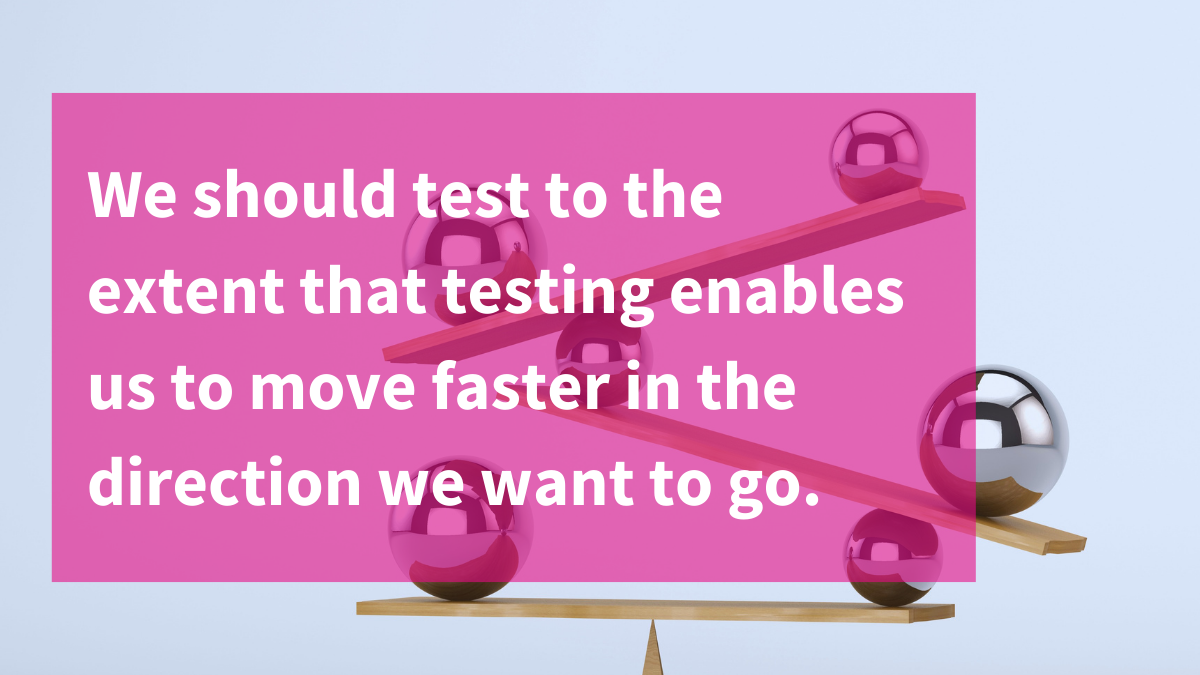Boost your traffic, boost your candidate pool
The thrill of recruitment lies in its speed and its unpredictability. But that can be a challenge for job sites.
You have to optimize temporary job listings fast. And as economic and political headlines shift, finding effective strategies to adapt category pages is critical.
SearchPilot lets you test fast and often, so you get answers to what works now.
Keep clients
and candidates happy
Jobs sites also face the push-pull of hiring companies making demands that don’t always match the reality of what works to boost traffic.
SearchPilot provides statistically significant results, meaning you can ensure every change is a provable win-win for everyone.
SEO A/B testing for jobs sites
SearchPilot gives your SEO teams answers specific to your site.
Meta descriptions
How consistently can you get Google to pick up your meta descriptions?
And do changes have a significant impact if they’re only sometimes picked up by Google?
What about salary information - should that be in there?
Title tags
Can you boost traffic with bold claims? For example, are you offering ‘the best’ engineering jobs in the North West?
What impact does adding the month and year to boost freshness in search listings make?
On-page content
How much influence do H2s have on your organic traffic?
What about your category pages - is it worth the effort of creating unique content for each one?
And is detailed content better inside or outside tabs?
See it to believe it: sign up for a walk-through
Add your details and one of our SEO experts will get in touch to show you the SearchPilot platform in action
Explore relevant test results
Looking for new SEO test ideas?
Sign up to receive our latest test results - perfect for traffic-winning inspiration.
Read our latest SEO insights
Testing ideas, building business cases, and more - all ready to inspire and inform you!

When should you run an SEO A/B test?

A common question: will we run out of SEO test ideas?
